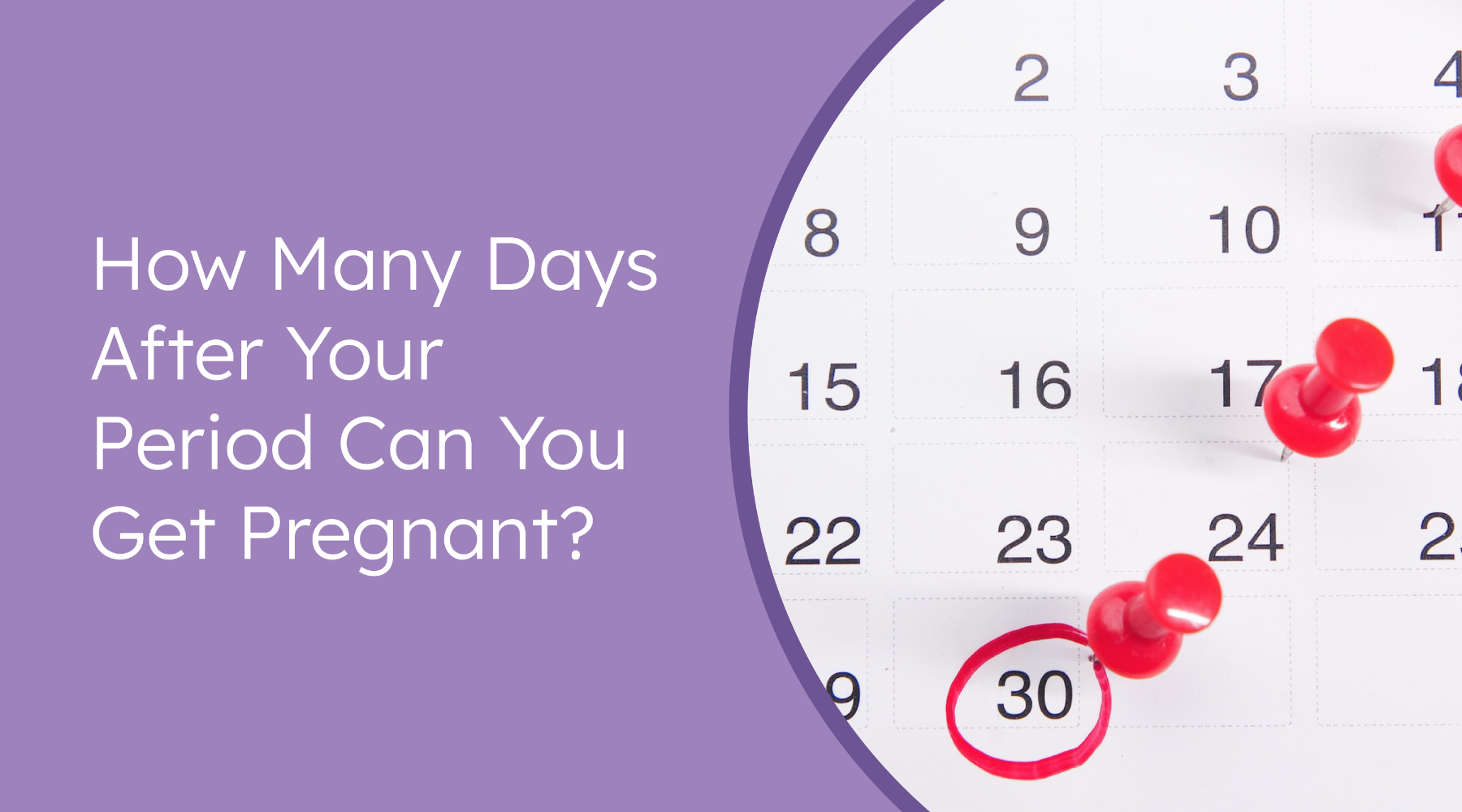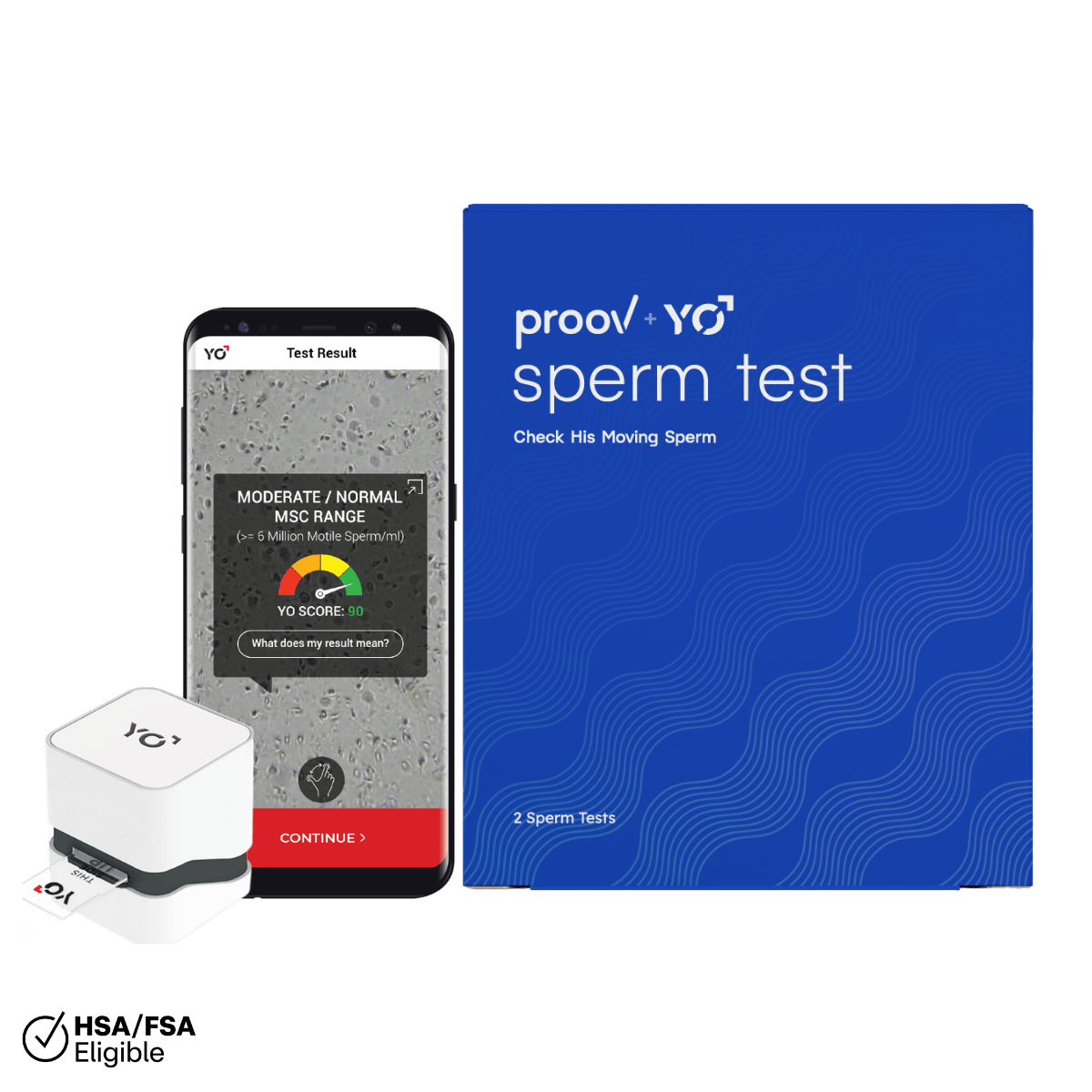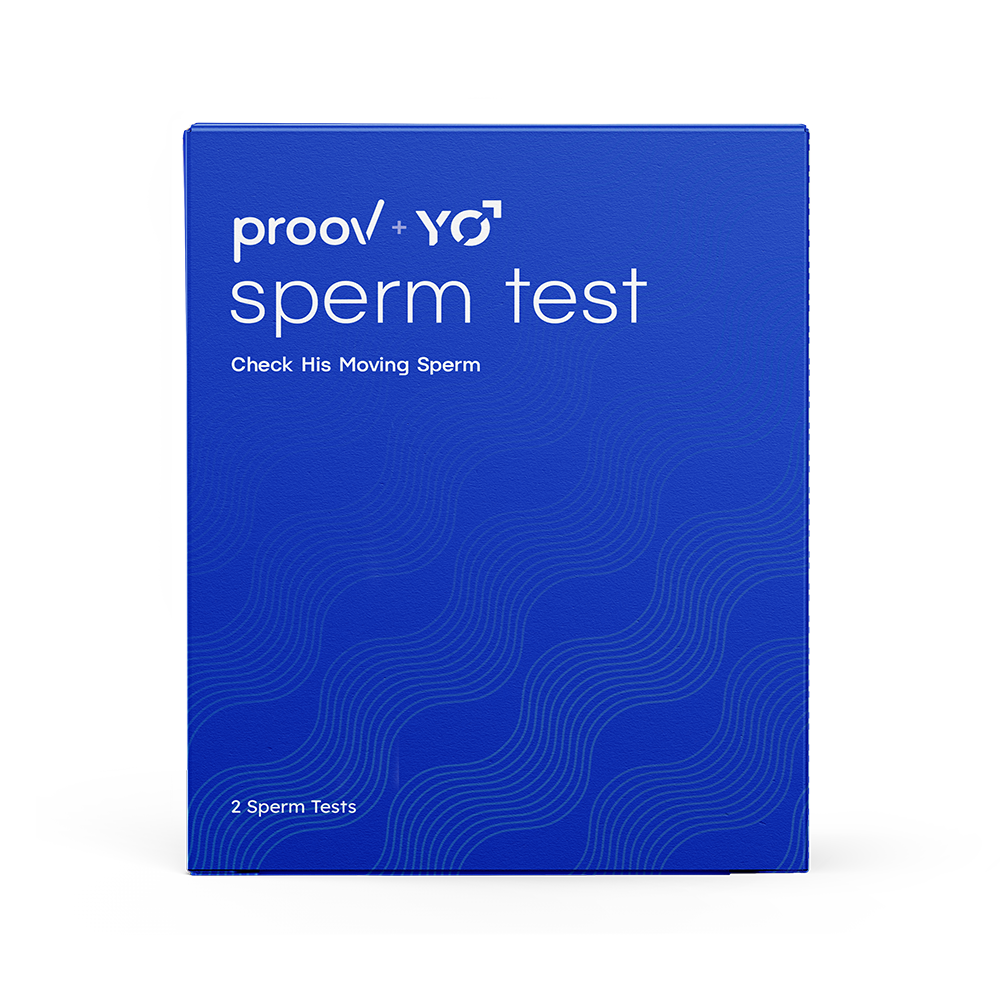While sex ed may teach women they can get pregnant at any moment, many women trying to conceive know that actually isn’t true. In fact, there’s only a few days each cycle when conception is possible.
But when exactly do those days fall after your period? Keep reading to find out!
How long after your period ends can you get pregnant?
Depending on your age and ovulatory function, you could technically get pregnant right after your period ends. In fact, technically speaking, if your period isn't true menstruation but some other type of bleeding (ie estrogen withdrawal bleeding), you could even get pregnant during bleeding.
Pregnancy is only possible during the days leading up to ovulation, during ovulation itself and through to one day after ovulation. This is your so-called “fertile window” and averages 6 to 10 long.
Yep, pregnancy is only possible 6-10 days each cycle regardless of cycle length. Whether you have a textbook 28-day cycle or a random all-over-the-place cycle, if you are healthy and ovulating, you are fertile an average of 6 to 10 days per cycle.
Your fertile window can begin anytime after your menstrual ends. Indeed, it can even begin during menstruation, but it's hard to tell through the typical signs of approaching ovulation.

Is it possible to get pregnant right after your period?
Yes! If you have a shorter cycle or just generally ovulate shortly after your period, it’s entirely possible to get pregnant after your period.
Especially since sperm can survive for up to 5 days in the female reproductive tract!
How do I know when I’m ovulating?
Ovulation Calculator
Whether you use an app or a paper calendar, calculation of when ovulation may be occurring is based on the Calendar Method. Modern algorithms or calculations may factor in basal body temperature (BBT), a surge in luteinizing hormone (LH), or observations of cervical mucus, but often still looks a lot like the method that gave us the myth of cycle day 14 ovulation.
That’s not to say that apps with ovulation calculators have zero usefulness. Just be aware that doctors have studied this and found that common fertility apps predicted the day or days of ovulation with accuracies ranging from 33 to 43%.
Ovulation Tests
These pee stick tests detect a rise in LH or luteinizing hormone, the hormone that rises a few days prior to release of your egg. Most women ovulate within a few days of a positive LH test. If you are not sure if LH ovulation tests are helping you determine when you actually ovulate, seek a health professional who can help you figure out your hormones. We've got these kits to get you started!
BBT
Basal body temperature (BBT) is your first morning temperature upon rising after at least 4 hours of sleep. Using a special basal body thermometer every morning and plotting it on a graph gives you a daily record of your BBT that can then be analyzed at the end of your cycle.
A sustained rise in BBT means you formed a corpus luteum from an empty follicle. Corpus luteum from an empty follicle means an egg was released. BBT can also tell you about other aspects of your health and wellness. Work with what's called a sympto-thermal instructor if you want to dig into BBT.
Cervical Mucus (CM)
Like BBT, observing and tracking your CM is a daily habit that builds a picture of your fertility patterns day-by-day. Ovulation, what some methods of CM and BBT tracking call Peak Day, is determined in retrospect the day after the last observation of high quality cervical mucus.
As you get closer and closer to ovulation, cervical mucus will become wet, slippery, and stretchy, much like egg whites. This consistency – unlike the thick, sticky, un-fertile version of CM – helps move the sperm along to the egg.
Mittelschmerz
One last very important way to know if you are ovulating… mittelschmerz!
About 40% of women of childbearing age feel a mid-cycle pain that is due to ovulation. This pain can be just a mild ache or something severe enough to suspect appendicitis. It also does not occur every cycle (because not all women ovulate every cycle). It is thought that mittelschmerz is related to a rise in that luteinizing hormone (LH) discussed above so if you think you have pain that is related to ovulation you could try testing for LH at the same time.
New to tracking ovulation? Here are some tests to get you started!














